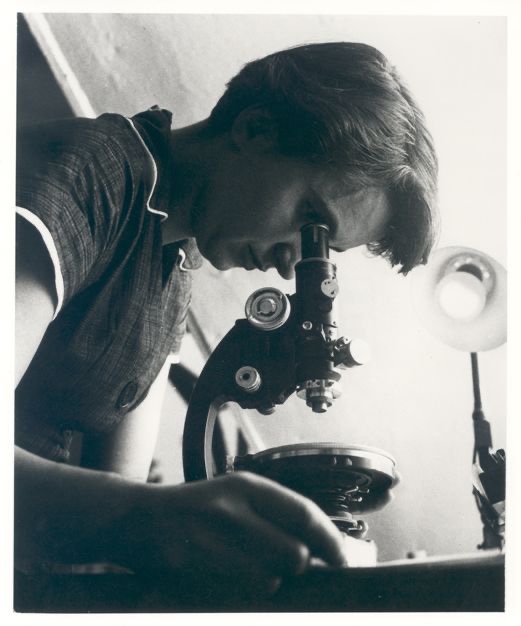Last Reviewed and Updated on June 26, 2022
Rosalind Franklin is a scientist whose work in the late 1950s and early 1960s contributed to the discovery of the structure of DNA. She is often regarded as one of the more overlooked geniuses in history for her contributions to science. Wonder why? Read through these fascinating facts about Rosalind Franklin and you will get the idea.

1. She excelled in school, but not in all subjects
Her excellence in math and science showed early on. She excelled at most other subjects as well. But there was one school subject that she struggled with. Music. The school music director was even concerned she could be suffering from hearing issues or have tonsillitis and that would explain her complete lack of musical talent. Music really was not her thing. You can’t be great at everything.
2. She knew she wanted to be a scientist from a young age
Rosalind decided to become a scientist at an age when most people have other things on their minds. She knew she wanted to be a scientist at the age of 15. Her father wasn’t too excited about the idea. He thought this wasn’t a career appropriate for women. Rosalind Franklin stood her ground.
3. Before DNA, she studied coal
Before her famous discoveries on the structure of DNA, Rosalind Franklin was studying coal, carbon, and graphite. As with her other fields of research, she made numerous scientific contributions in these areas.
4. It took over 60 hours to take the famous Photo 51
Photo 51 is an image of a paracrystalline gel composed of DNA fiber taken in May 1952. Franklin and a graduate student Raymond Gosling who worked under her supervision took the photo.
This photo was crucial evidence in identifying the structure of DNA and recognizing the structure as a helix. Pretty cool, right?
It took over 69 hours of the sample being exposed to X-rays to procure the image. Quite a few hours.
5. Her work wasn’t always credited
One of the least fair or fun facts about Rosalind Franklin. Frederik Wilkins, a mentor of hers may show the picture to James Watson. Watson and Francis Crick published a paper where they used the picture as evidence of the structure of DNA without crediting Franklin for the research done on her part or even properly mentioning her or her student. You would think it would be worth a mention as to who procured the key evidence.
Watson, Crick, and Wilkins later won the Nobel Prize in Physiology or Medicine in 1962. While she couldn’t have won the Nobel prize, as she tragically passed before 1962, she was due more credit at that time for her involvement.
6. Her work contributed to a better understanding of viruses
The Tobacco Mosaic is the first virus that was discovered. Dmitry Ivanovsky discovered it in 1887. He first thought it was a micro-bacteria, unlike other bacteria.
She studied this virus, and later many others, and came to the discovery that viruses have a single strand RNA and not a double helix as she observed in DNA. This was an important discovery.
7. Her contributions to science led to two Nobel Prizes won by others
This is one of the most fascinating facts about Rosalind Franklin. There aren’t many people in history that had contributed to more than one Nobel Prize. Her work on the structure of DNA was crucial evidence used in the study of the structure of DNA by Wilkins, Watson, and Crick. They won the Nobel Prize in Psychology or Medicine in 1962.
In addition to that, Franklin’s research on the structure of viruses was continued by Aaron Klug (after her death). He won the Nobel Prize in Chemistry in 1982. He credited her for her work.
She herself couldn’t win a Nobel Prize. They don’t award the Nobel Prize posthumously.
8. There is an asteroid named after her
Better late than never. While she may not have received much credit during her lifetime, she was and still is being honored in many ways after her death. From an asteroid being named after her, to schools to Mars Rover being named after her.
9. She died at the young age of 37
She died of ovarian cancer at a very young age of 37. Just imagine how many brilliant discoveries she could have still made.
